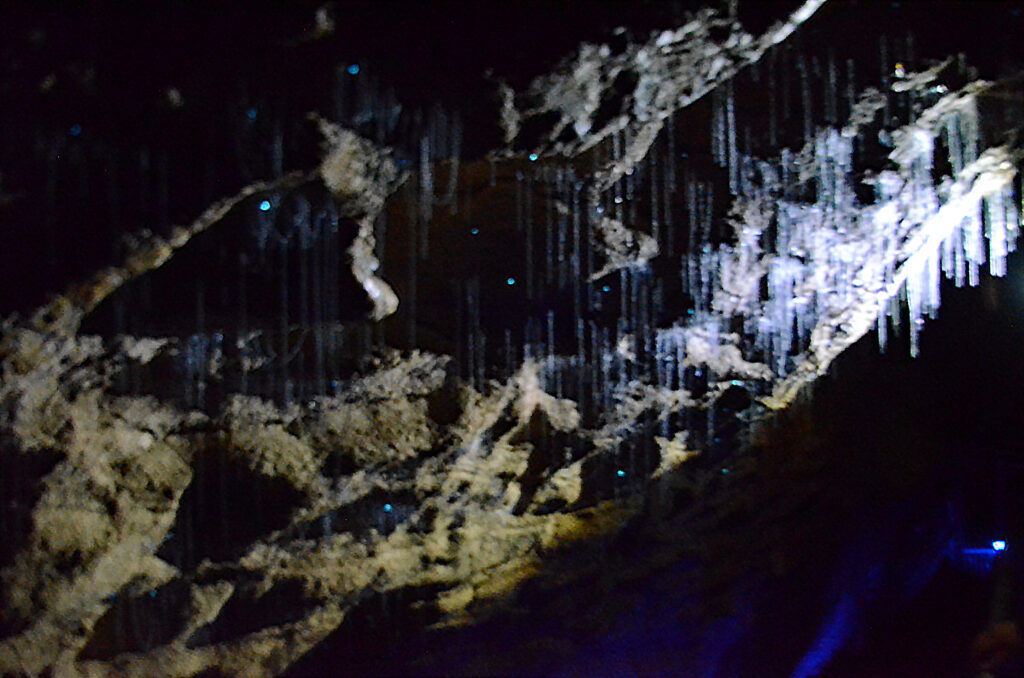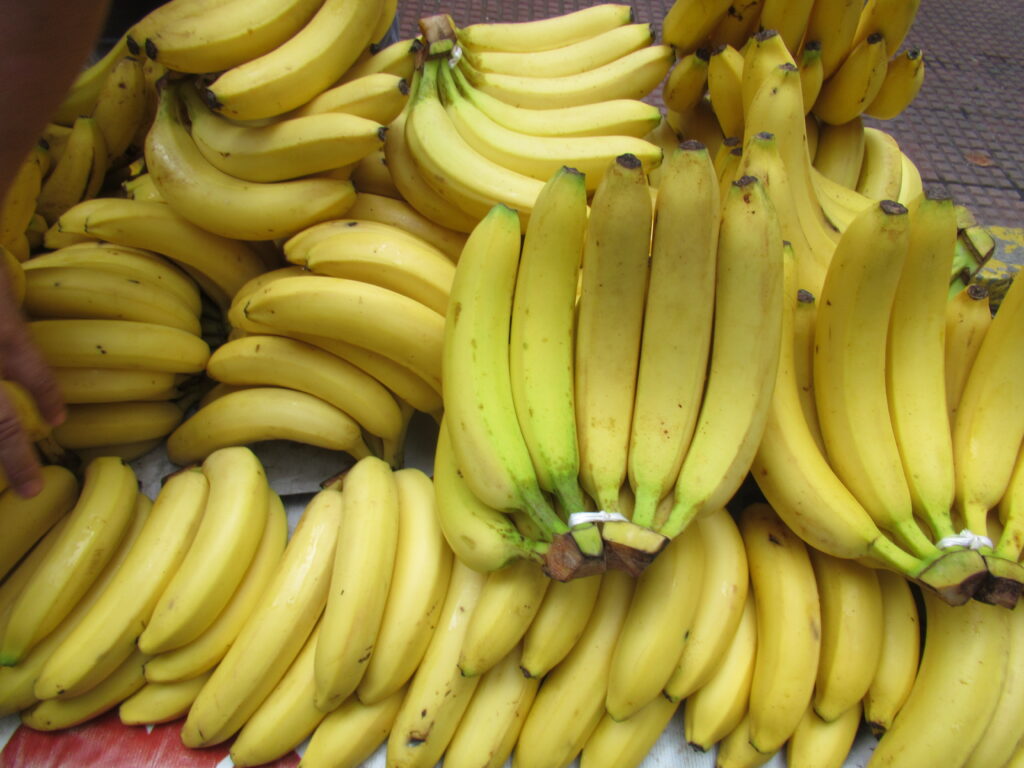Deep within the lush, tangled heart of the Amazon rainforest, the world’s greatest living treasure chest continues to surprise us. Imagine a place so vast and mysterious that, even today, scientists regularly stumble upon creatures and plants never before seen by human eyes. From neon-colored frogs to trees that tower like ancient skyscrapers, the Amazon is a living reminder that the planet still holds secrets — secrets that could change what we know about life itself. The thrill of discovery pulses through every expedition, and each new species is a tiny miracle, a spark of hope, a warning, or sometimes all three at once. It begs the question: why do these discoveries still matter so much, and how do scientists keep making them in a world that feels so mapped and measured? The answers are as wild and captivating as the forest itself.
The Amazon: A Living, Breathing Laboratory
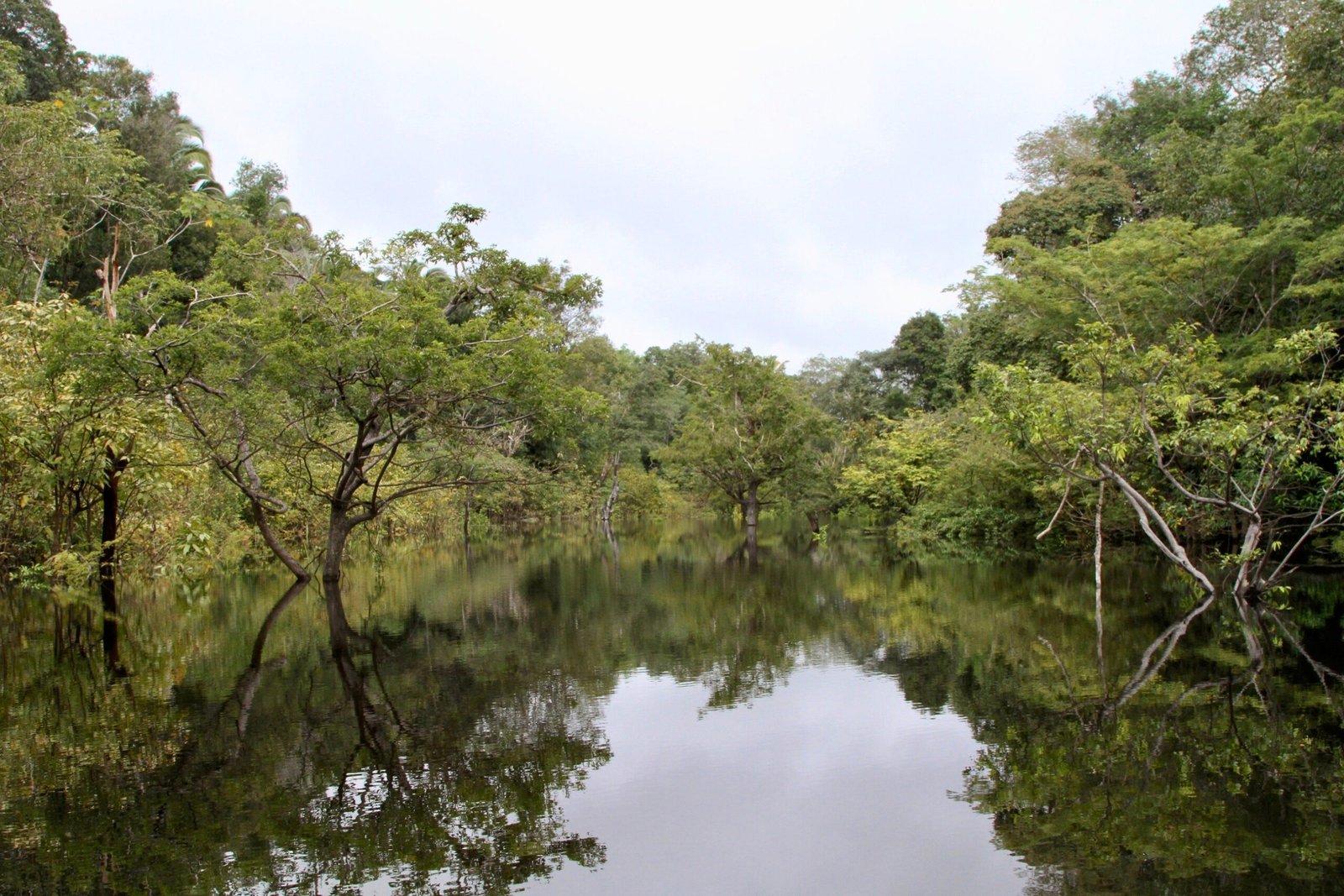
The Amazon rainforest is one of the most biodiverse places on Earth, often described as nature’s laboratory. With over 5.5 million square kilometers sprawling across nine countries, it’s the ultimate playground for scientists seeking the unknown. Every step through the dense undergrowth or canoe ride along winding rivers offers a chance to encounter species that seem straight out of science fiction. The sheer scale of the Amazon means that huge areas remain virtually unexplored, and even well-trodden paths can yield surprises. It’s a place where the air hums with possibility, and the canopy above hides stories we’ve barely begun to read. For researchers, the Amazon is a perpetual source of wonder — a place where curiosity is constantly rewarded.
The Role of Technology in Modern Discovery
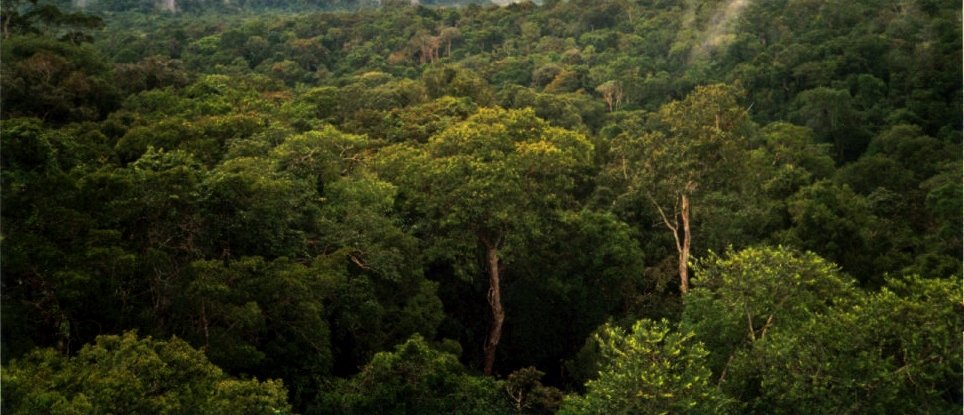
Modern scientists aren’t just trekking through the jungle with butterfly nets and notebooks. They’re using high-tech gadgets and digital wizardry to uncover new life. Drones buzz above the treetops, capturing images of hidden clearings and rare animals. DNA barcoding allows even tiny tissue samples to reveal if a creature is truly new to science. Satellite imagery helps researchers map unexplored regions and identify unique habitats. Even remote audio recorders pick up the calls of unseen frogs and birds, leading experts right to their hiding spots. Technology has become a powerful ally, making it possible to delve deeper and discover faster than ever before.
Traditional Knowledge: The Secret Weapon
While technology changes the game, indigenous peoples and local communities remain the Amazon’s most invaluable guides. Their knowledge, passed down through generations, often points researchers to species and places outsiders would never find alone. Many new discoveries happen because a local person recognizes a plant or animal as different or special. Scientists increasingly work hand-in-hand with these communities, learning to listen as much as they look. This partnership is a beautiful blend of ancient wisdom and modern science, highlighting that discovery is rarely a solo act. The forest speaks most clearly to those who have lived with it the longest.
The Relentless Pace of Discovery
You might think that in 2025, the age of big discoveries is over. But in the last decade alone, scientists have identified hundreds of new species in the Amazon every year. These range from tiny insects with shimmering wings to massive trees previously mistaken for their more common relatives. The numbers are nothing short of staggering. Every field season, researchers return with stories of creatures so strange they defy belief: frogs that glow under UV light, snakes with iridescent scales, orchids shaped like little dancers. The Amazon is proof that life’s creativity knows no bounds, and we’ve only scratched the surface.
Why So Many Species Remain Hidden
It’s easy to wonder how anything could remain undiscovered in a world crisscrossed by satellites and mapped by Google Earth. But the Amazon’s dense vegetation, rugged terrain, and remote stretches create hideouts for creatures that rarely — if ever — cross paths with humans. Many species are tiny, nocturnal, or live high in the treetops where few dare to climb. Some are masters of camouflage, blending in so perfectly they seem invisible. Others exist in small, isolated populations, making them easy to overlook even by dedicated scientists. This natural game of hide-and-seek is why the Amazon remains a goldmine for discovery.
The Importance of Naming and Classifying Species
When scientists find a new species, the process doesn’t end with a photograph or a specimen. Every creature or plant needs a name, a detailed description, and a place in the grand tree of life. Taxonomy — the science of naming and classifying living things — might not sound glamorous, but it’s absolutely vital. Without proper classification, we can’t track how species relate to each other, or understand their roles in the ecosystem. Naming a species is like finding its place in a giant, ever-growing family reunion. It’s a way to make sure that, even if a species is rare or threatened, it is never completely forgotten.
Uncovering the Web of Life
Every new species is like a missing puzzle piece, helping scientists see more clearly how the Amazon’s complex web of life fits together. Sometimes, a new discovery reveals surprising relationships between animals, plants, fungi, and even bacteria. For example, a newly found ant might depend on a specific tree for food, while that tree relies on the ant to keep pests away. These connections can be delicate and intricate, like the threads of a spider’s web. Understanding them isn’t just satisfying curiosity — it’s crucial for protecting the forest as a whole.
The Race Against Extinction
One of the most heartbreaking truths about the Amazon is that many species disappear before we even know they exist. Deforestation, illegal mining, wildfires, and climate change are ripping through the forest at an alarming pace. For scientists, every discovery is a race against time — a mission to record and protect life before it’s lost forever. There’s a bittersweet urgency to these expeditions. Sometimes, researchers find a new frog or flower only to realize its home is already vanishing. The act of discovery becomes both a celebration and a call to action.
Medicines Waiting to Be Uncovered
The Amazon is a living pharmacy, brimming with plants and animals that produce unique chemicals. Many modern medicines, from painkillers to cancer treatments, have roots in rainforest discoveries. Every new species could hold a compound that changes the way we treat disease. For example, the venom of a tiny frog might inspire a new heart medication, or a rare tree’s bark could fight infections in ways we haven’t even imagined. Protecting the Amazon isn’t just about saving animals and plants — it’s about safeguarding potential cures for future generations.
Climate Change and the Amazon’s Role
The Amazon isn’t just a home for rare and wonderful species — it’s also a giant carbon sink, helping to regulate the Earth’s climate. Every tree, vine, and moss patch stores carbon, locking away greenhouse gases that would otherwise heat the planet. Discovering new species helps scientists understand how the forest functions as a whole system. Some plants have unique abilities to withstand drought or store more carbon than others. Learning from these natural experts could offer clues to fighting climate change on a global scale.
Unexpected Beauty: Wonders That Inspire
There’s something deeply moving about seeing a creature or plant that no one else has ever laid eyes on. New species often dazzle with unexpected beauty — a butterfly with glass-like wings, a monkey with a shock of golden fur, a flower that glows in the moonlight. These wonders remind us of nature’s artistry, and they spark a sense of awe that’s hard to put into words. For many scientists and explorers, this sense of wonder is what keeps them going, even when the work is hard and the odds seem long.
Challenges of Fieldwork in the Amazon
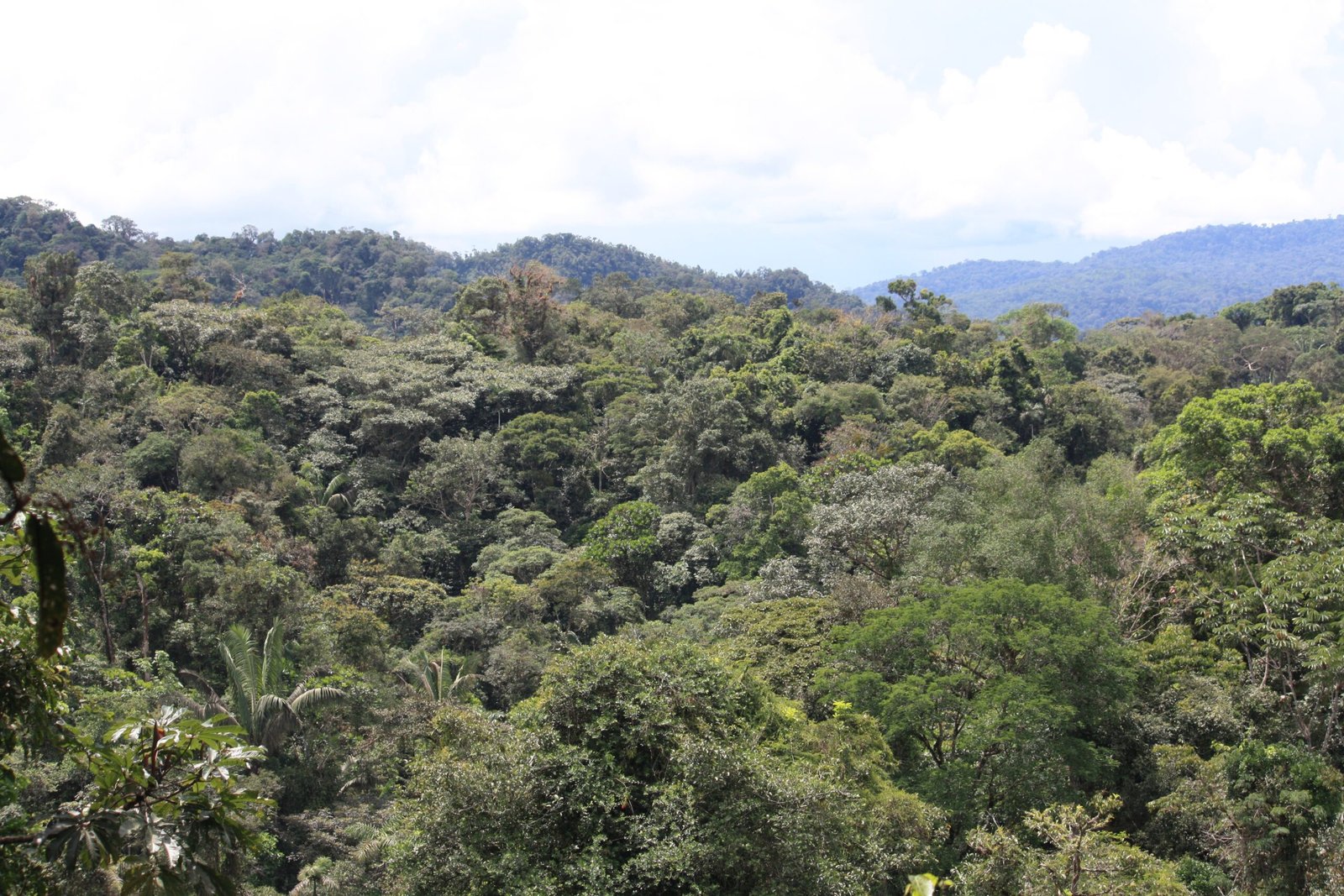
Discovering new species in the Amazon is no walk in the park. Researchers face sweltering heat, biting insects, dangerous animals, and rivers that can rise without warning. Equipment breaks, food runs out, and communication with the outside world is often impossible. Yet, despite these hardships, scientists press on, driven by curiosity and a sense of duty. Each successful expedition is a testament to human grit and the enduring allure of the unknown. Even setbacks can lead to unexpected discoveries or new friendships forged in the wild.
The Power of Citizen Science
It’s not just professional scientists making discoveries. Ordinary people — students, travelers, even local villagers — often stumble upon new species by accident. With the help of smartphone cameras and apps, anyone can snap a photo and share it with experts. Sometimes, an amateur’s curiosity solves a mystery that’s stumped researchers for years. This democratization of discovery is exciting, opening doors for more people to join the adventure and deepen their connection to the natural world.
Rare and Bizarre Species: Stranger Than Fiction
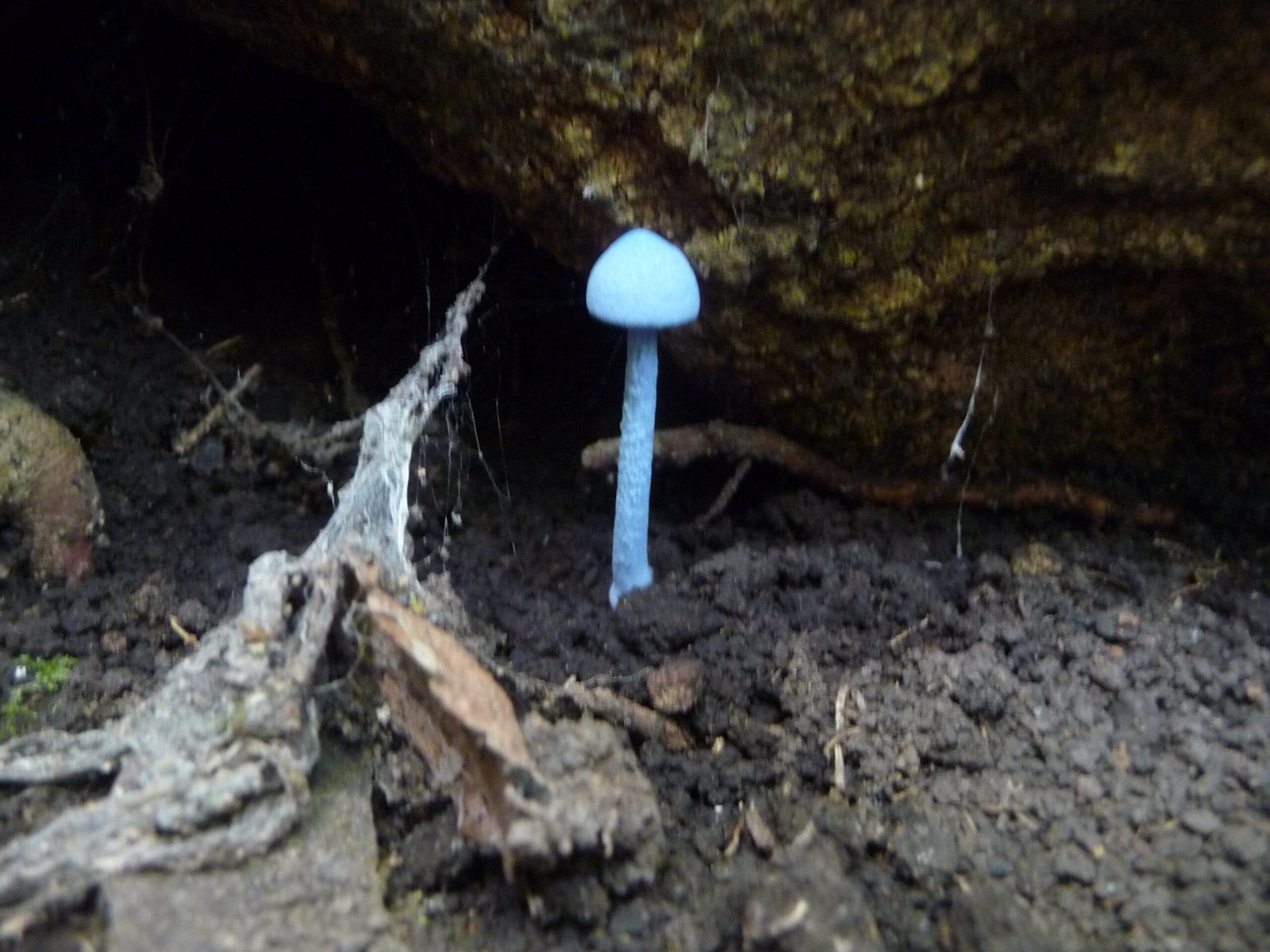
The Amazon’s new species are often as strange as any creature from a fantasy novel. Bioluminescent mushrooms light up the forest floor at night. Fish with vampire-like fangs lurk in muddy waters. There are frogs that lay eggs in leaves, birds that mimic the cries of monkeys, and orchids that look uncannily like tiny animals. These oddities challenge our understanding of what’s possible, reminding us that life is endlessly inventive. Every discovery is a story waiting to be told, often more bizarre and delightful than anything we could make up.
Protecting What We Don’t Yet Know
It’s hard to protect something if you don’t even know it exists. That’s why new discoveries matter so much. When a species is officially recognized, it can be included in conservation plans, protected areas, and environmental laws. Governments and organizations are more likely to act when they realize what’s at stake. Every new species gives us another reason — and sometimes a legal tool — to fight for the Amazon’s future. Discovery isn’t just about curiosity; it’s about survival.
The Amazon as a Source of Inspiration
Writers, artists, musicians — the Amazon’s rich diversity has inspired countless creative works. The stories of new species fuel imaginations around the world. For children, hearing about a frog that glows or a monkey with a blue face can ignite a lifelong passion for science or conservation. Even adults find themselves captivated by the wild tales that emerge from the jungle. The Amazon is a wellspring of inspiration, reminding us that the world is still full of mystery and magic.
The Global Impact of Amazon Discoveries
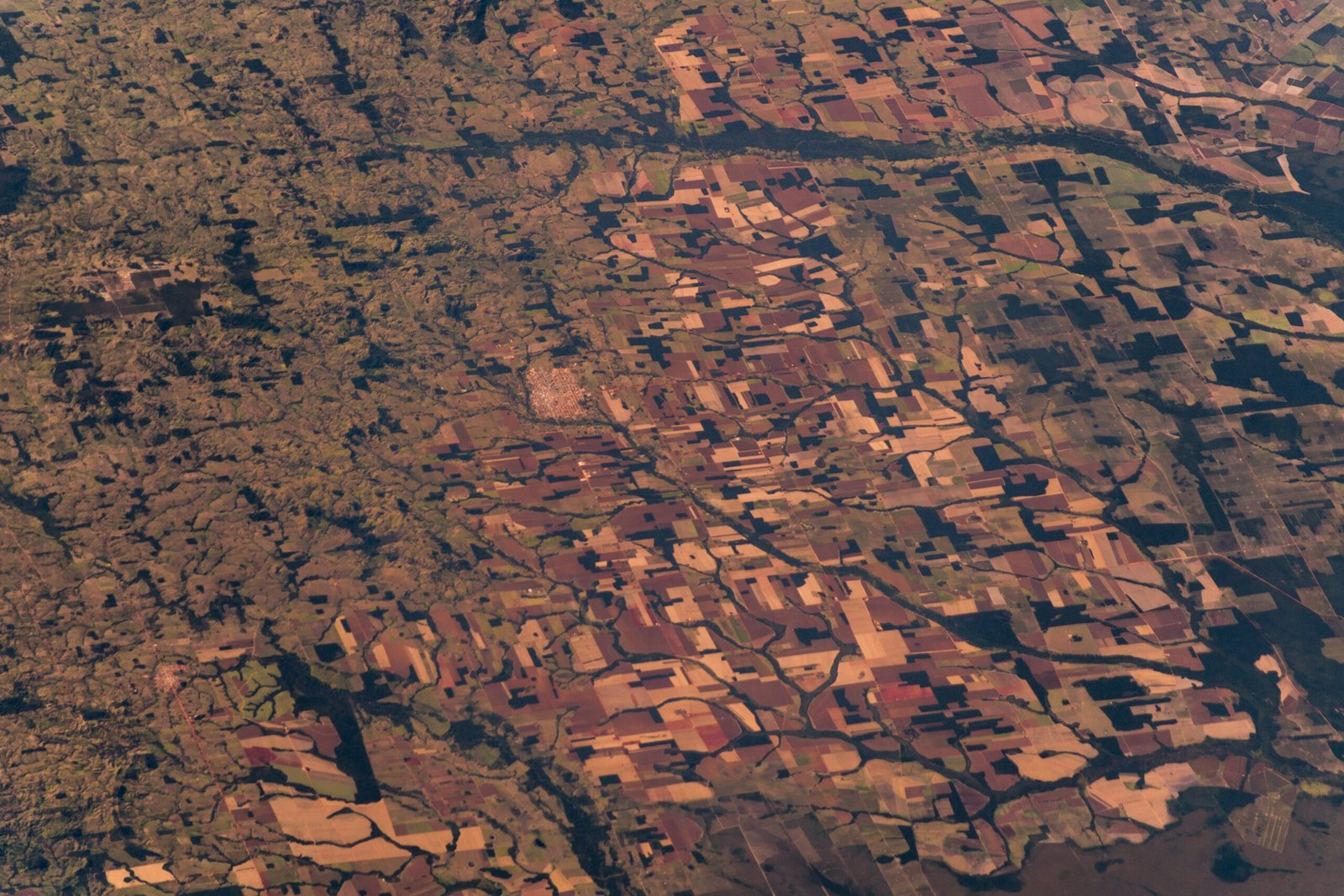
What happens in the Amazon doesn’t stay in the Amazon. New species discoveries often lead to breakthroughs that ripple far beyond South America. They can change how we farm, treat illnesses, manage forests, or even build cities. For example, learning how a rainforest tree survives floods can inspire new ways to engineer flood-resistant crops. Every discovery has the potential to impact people thousands of miles away, connecting us all through the shared fabric of life on Earth.
Stories of Hope Amidst Crisis
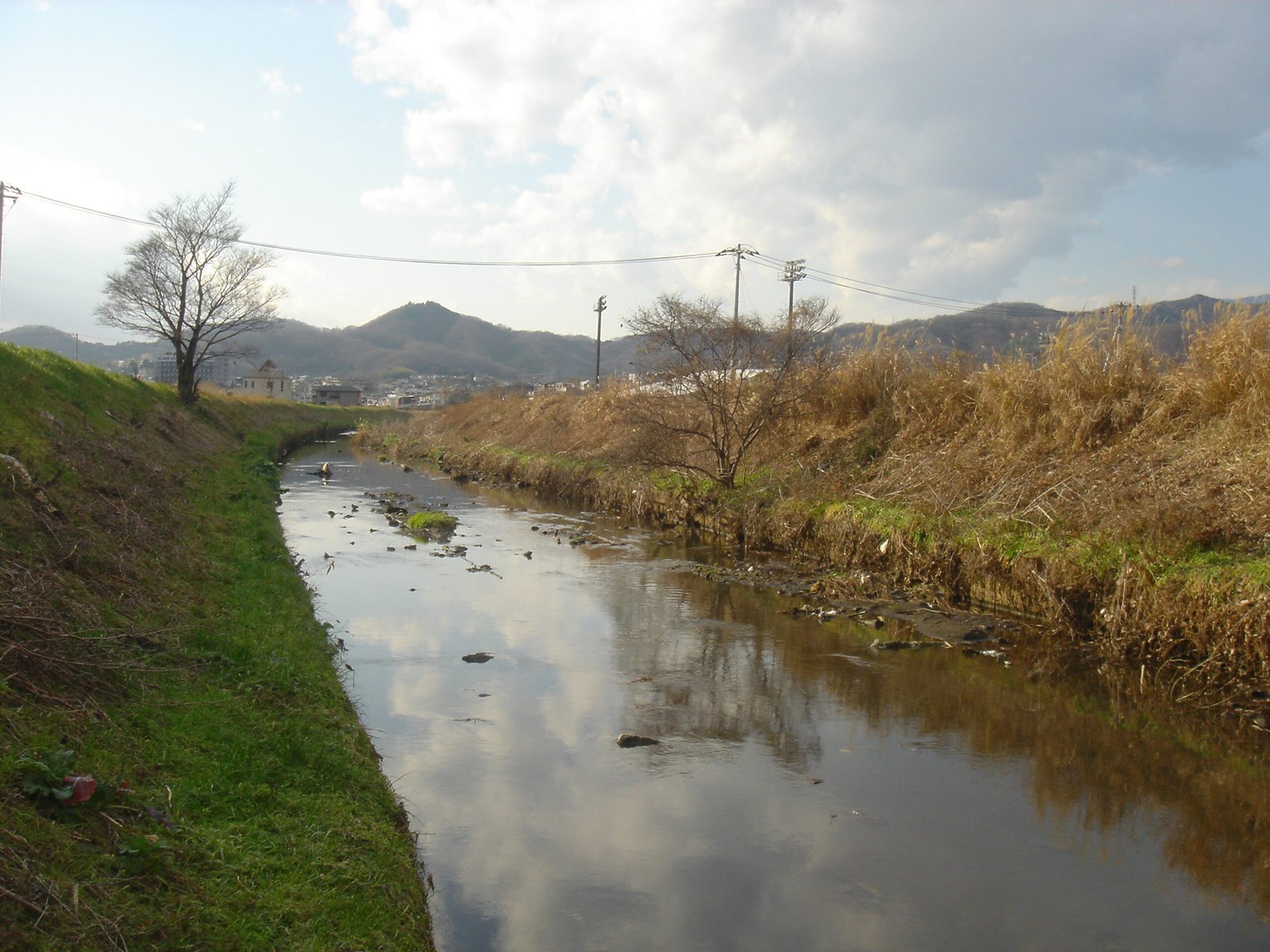
In a world where environmental news often feels grim, stories of new discoveries in the Amazon offer rare moments of hope. They remind us that the natural world is resilient and full of surprises, even when under threat. Each new species is a testament to the forest’s vitality and a reason to believe that healing and renewal are possible. These stories can rally communities, inspire action, and give us the emotional fuel needed to keep fighting for the planet.
The Future of Exploration in the Amazon
Even as technology advances, there will always be a place for boots-on-the-ground exploration. The future of discovery in the Amazon is likely to blend high-tech tools with old-fashioned curiosity and collaboration. Citizen scientists, indigenous experts, and researchers will work together in new ways. We may even find that the most important discoveries aren’t the species themselves, but the lessons they teach us about resilience, adaptation, and the intricate connections that bind all life together.
A Call to Protect the Unknown
The Amazon’s story is far from over. Each discovery is a reminder of how much we still have to learn — and how much we stand to lose. The forest is not just a distant wilderness; it’s a vital part of our shared heritage and future. Protecting it means protecting the unknown, the unseen, and the yet-to-be-discovered. As we marvel at each new species, we’re called to action: to stand up for a world where wonder, diversity, and life itself can keep flourishing. What hidden marvels might still be waiting for us if we choose to care?

